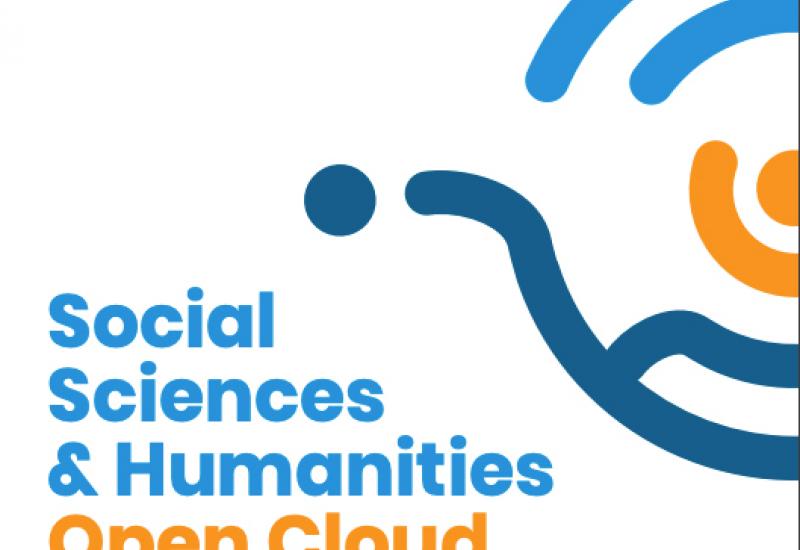
- Social Sciences & Humanities Open Cloud
SSHOC - Position paper 2020
The European Open Science Cloud (EOSC) initiative already has a high impact on structured access to Open Data and with the current funding by the European Commission of implementation projects, the interdisciplinary exploitation of data can only improve . The future EOSC is shaped along action lines that are detailed in close collaboration between the EOSC governance boards and ESFRI . As part of its engagement activities, EOSCsecretariat .eu is undertaking pooling of stakeholder views on the implementation of EOSC . The ESFRI Cluster collection of documents presents a compilation of position papers from the five ESFRI cluster projects EOSC-Life, ENVRI FAIR, ESCAPE, PaNOSC, and SSHOC, which have been collected by the EOSCsecretariat.eu project.
The ESFRI Cluster projects in EOSC
The ESFRI cluster projects were launched in 2019 to link to the European Open Science Cloud (EOSC) . Together, they aim to implement interfaces to integrate computer and data management solutions, to create cross-border and open cooperation spaces and to promote clouds via the EOSC portal for a larger user community. As stakeholders of EOSC these projects were invited to contribute to the development and implementation process. These position papers are the tools for the projects to contribute directly to systems development of EOSC and identify ways for future synergies. While EOSC can leverage their domain expertise, their views can better drive innovations within EOSC towards the research community’s needs
The overall expectation of these projects is that EOSC will enable the accessibility and re-use of research data, increase scientific value of research data, and deliver an interoperable environment of data infrastructures . The projects expect EOSC to bring the added values of the infrastructure for sustainable use of research data and a virtual research environment enabling real-time collaboration between researchers using FAIR data.
A summary of the SSHOC Viewpoints
- Address and coordinate on key elements of a platform or Research Data Commons
- Persistent Identifiers – for (meta)data, publications, services – and possibly organisations and researchers .
- Metadata standards for the respective domains.
- SSH will use metadata templates, controlled vocabularies and data models used in well-curated datasets. But especially controlled vocabularies need support and require agreement over domains
- and on a global scale.
- User Interfaces – for Service Catalogues, Market Place, and other key parts of EOSC.
Foster the Interoperability and Reuse of Research Data
- Secured Data Environments for storage, management, access, computation and analysis of research data.
- Instruments to describe connections & interoperability between data sets.
- For example, SSH will use DDI (XML) as a rich schema to support extensive variable metadata and references to other data.
- A key issue for use of platforms is trust.
- This implies quality assurance for the data, the services, the (software) tools that are in EOSC.
Ensure and foster the composability of EOSC
- Breaking down silos – between data, computing power, storage and networks – is a salient value added of EOSC. End-users should be able to compose combinations of services themselves in an easy and straightforward way.
- Encourage EOSC as a working space for researchers – to work in secured environments, to combine data from various domains, to use tools & services from the Market Place.
Provide stability and sustainability in providing EOSC
- Partners – either commercial or non-commercial – will only invest in EOSC if there is a guarantee that EOSC will be ensured for a long-term period.
- Implement an operational, scalable and sustainable EOSC federation, allowing seamless alignment and convergence with data infrastructures.
- Provide clear rules of participation with defined funding responsibilities and transparent and ongoing financial commitment by all irrelevant stakeholders.
- Take advice and align efforts with ongoing (especially domain specific) initiatives and H2020 projects.
- Provide and maintain communication channels and close connection to the research community.

